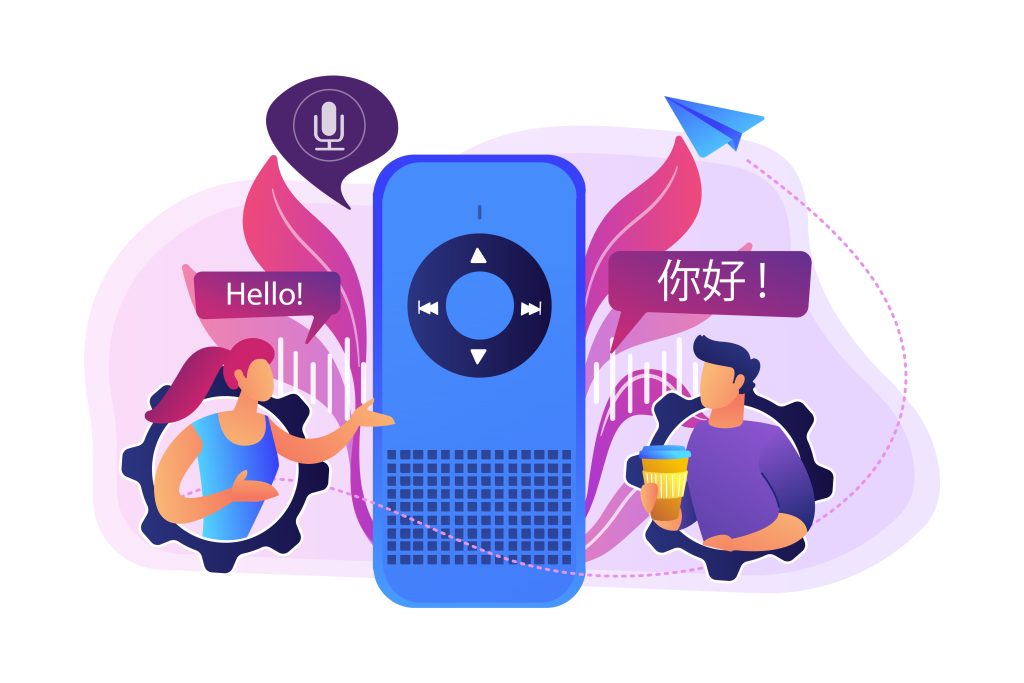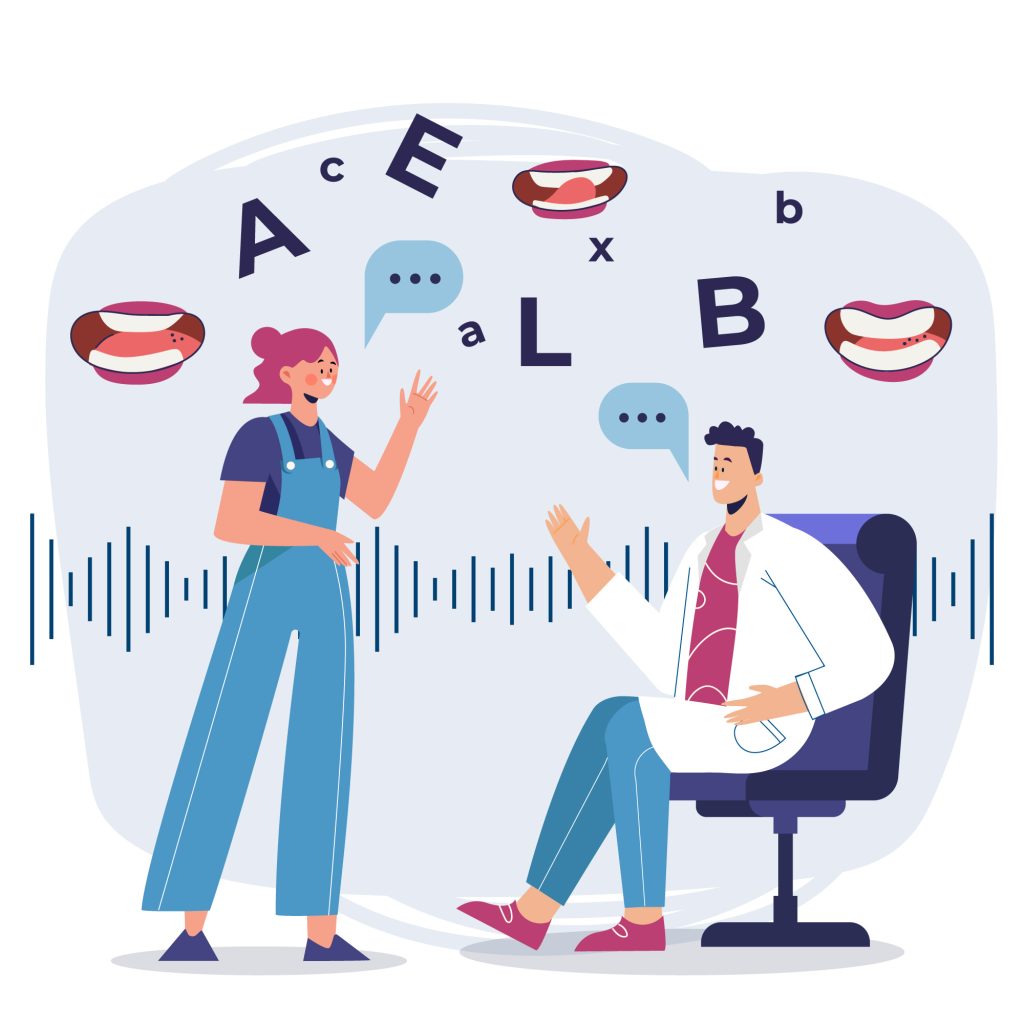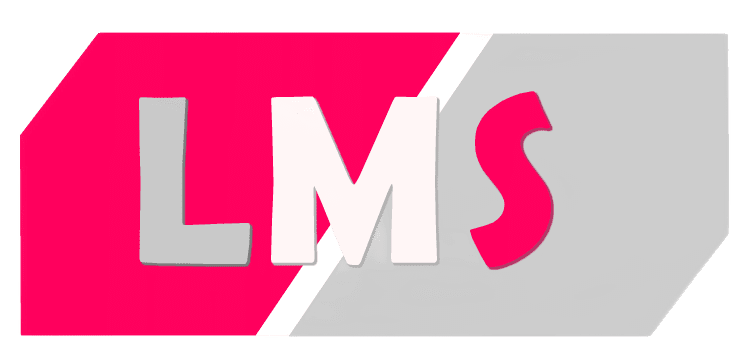Understanding the Benefits and Costs of Audio Translation


In an increasingly interconnected world, effective communication across languages and cultures is crucial. While written translation has long been a common practice, audio translation has gained significant popularity, enabling seamless understanding and accessibility in various domains. This article delves into the concept of audio translation, its benefits, and factors influencing its cost.
What is Audio Translation?


Audio translation involves converting spoken content from one language to another, either in real-time or through post-production. It enables individuals, businesses, and organizations to reach wider audiences, enhance accessibility, and facilitate effective communication across linguistic barriers. Audio translation can be applied to various forms of media, including videos, podcasts, presentations, conference calls, and live events.
Types of Audio Translation
1. Simultaneous Interpretation


Simultaneous interpretation is commonly used in conferences, seminars, and live events. Professional interpreters work in soundproof booths, listen to the speaker through headphones, and render real-time translations. Participants access the interpretation through wireless headsets or other audio devices.
2. Consecutive Interpretation


In consecutive interpretation, the speaker delivers a segment of speech or message, and the interpreter translates after a pause. This form of interpretation is suitable for smaller group settings, business meetings, or interviews. It often requires a longer duration compared to simultaneous interpretation.
3. Voice-over


Voice-over involves recording the translated script and overlaying it onto the original audio track. This method is widely used in video productions, documentaries, and films to ensure comprehension while retaining the original audio and visual elements.
4. Dubbing:


Dubbing involves replacing the original audio track with translated dialogue performed by voice actors. This technique is commonly used in movies, television shows, and animated content, ensuring synchronized lip movements and maintaining the overall viewing experience.
Cost Factors of Audio Translation


Several factors influence the cost of audio translation, including:
1. Language Combination: The availability of qualified interpreters or voice-over artists for specific language pairs affects the cost. More commonly spoken languages often have a larger pool of professionals, making them relatively more affordable than rare or less commonly spoken languages.
2. Duration and Complexity: The length and complexity of the content impact the cost. Longer recordings or translations involving technical or specialized terminology may require additional time and expertise, contributing to increased expenses.
3. Mode of Interpretation: Simultaneous interpretation typically involves a team of interpreters, specialized equipment, and soundproof booths, making it more costly than consecutive interpretation. Voice-over and dubbing costs depend on the duration and complexity of the project, as well as the availability of voice talent.
4. Service Provider: The rates charged by different service providers can vary based on their expertise, reputation, and geographic location. Established agencies or experienced freelancers may charge higher rates due to their track record and expertise.


Audio translation plays a vital role in fostering global communication and accessibility. Whether it’s facilitating international conferences, reaching diverse audiences through multimedia platforms, or making information available in multiple languages, audio translation has become an essential tool. While costs vary depending on factors such as language combination, duration, complexity, and the chosen mode of translation, investing in professional audio translation ensures accurate and effective communication across language barriers, ultimately benefiting individuals and organizations alike.
LMS has the necessary expertise to carry out audio translation in record time, with professionalism and precision. Our highly skilled team of experienced translators and interpreters is ready to tackle any linguistic challenges you may encounter. Whether you need to translate lengthy and complex recordings, interpret international conferences, or produce high-quality voice-overs and dubbing, we are here to assist you.

